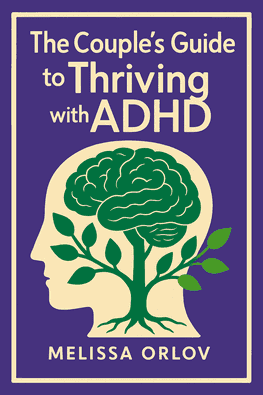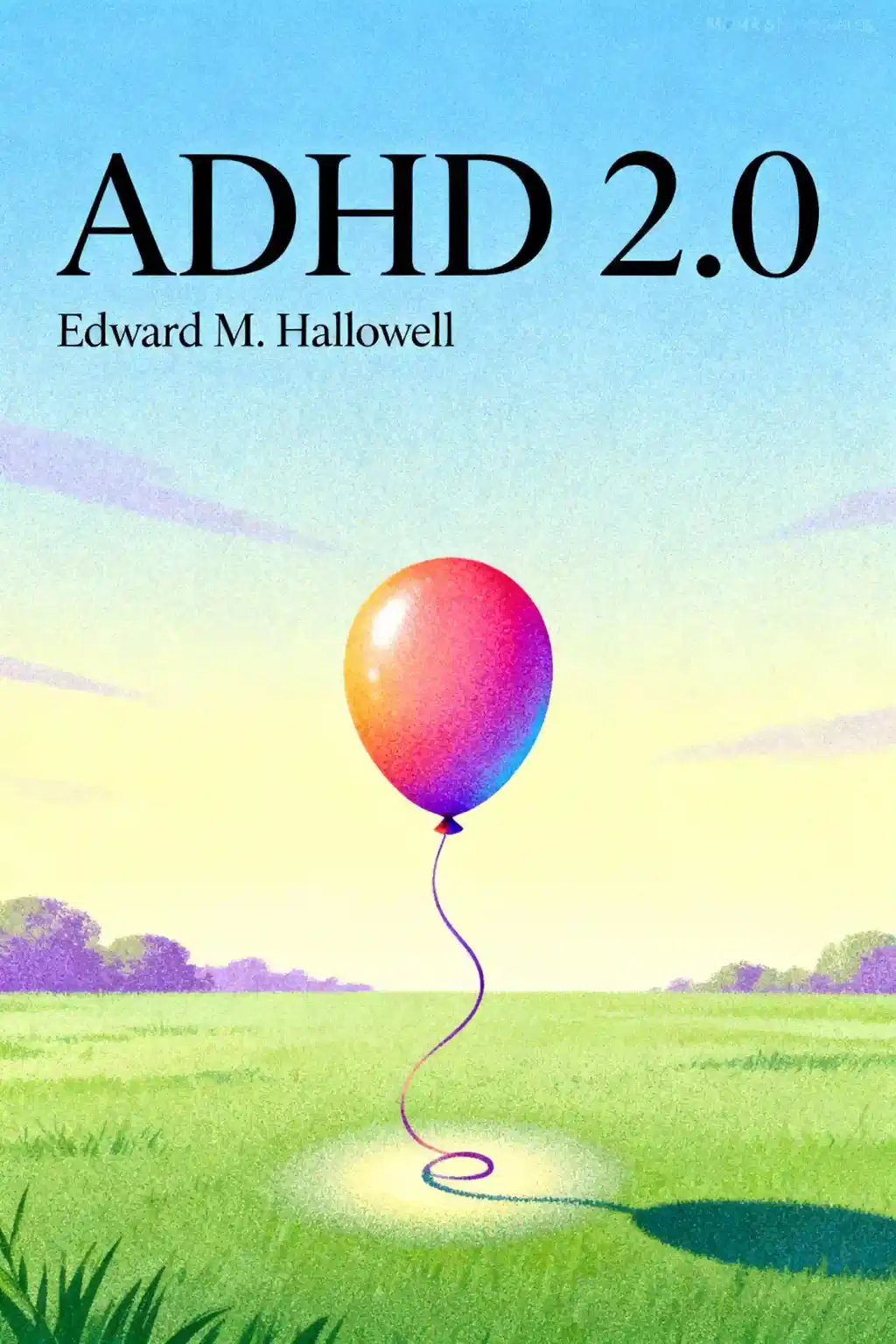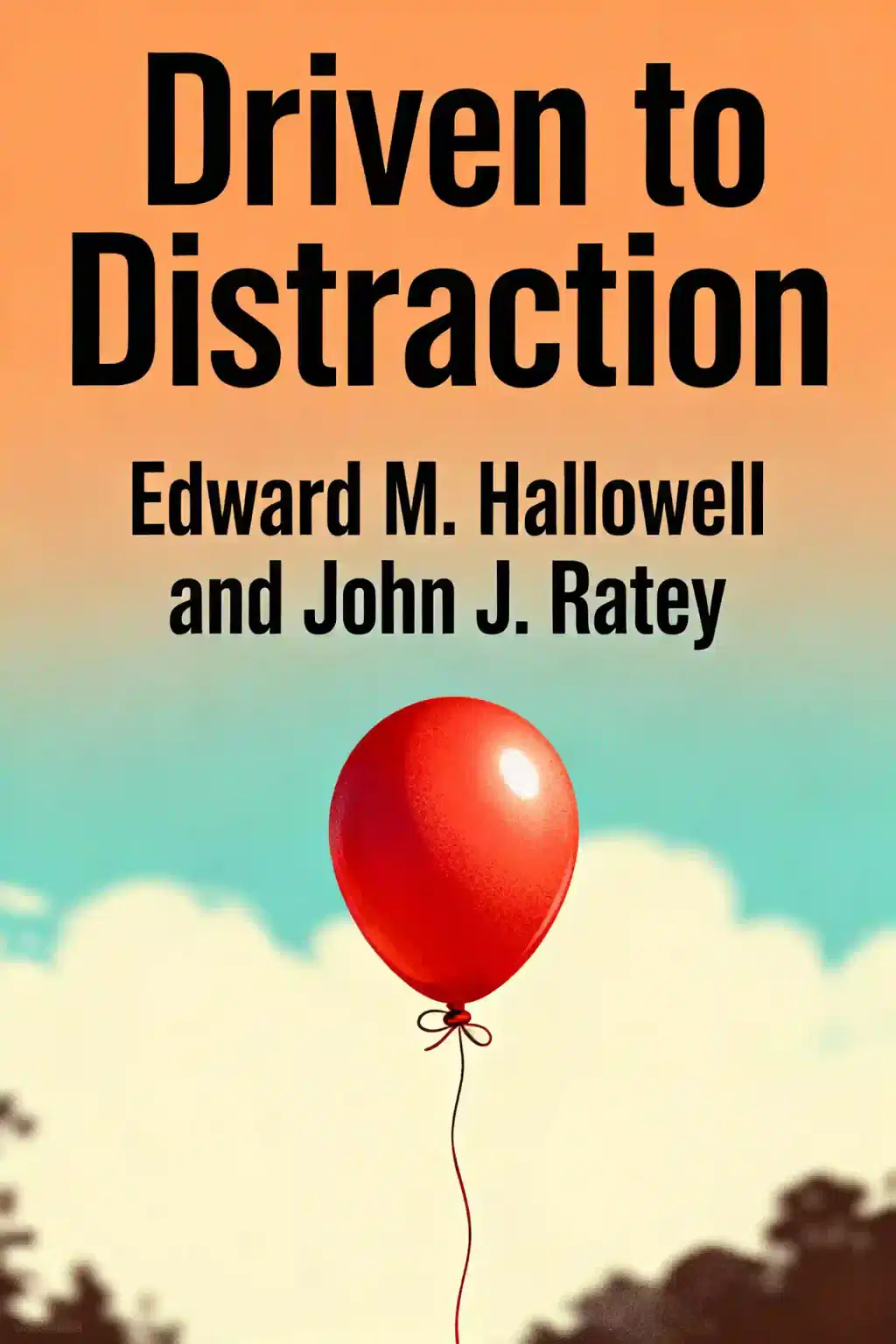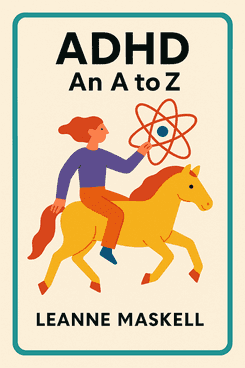What is
A.D.D. & Romance by Jonathan Scott Halverstadt about?
"A.D.D. & Romance" provides actionable strategies for couples navigating relationships where one or both partners have ADHD. Licensed therapist Jonathan Scott Halverstadt combines clinical expertise with personal ADHD experience to address communication breakdowns, emotional disconnection, and intimacy challenges. The book offers practical tools like structured dialogue exercises and symptom management techniques to rebuild trust and sustain fulfilling partnerships.
Who should read
A.D.D. & Romance?
This book is essential for ADHD individuals struggling in relationships, partners of those with ADHD, and therapists specializing in neurodiverse couples. Halverstadt’s insights help readers understand how ADHD symptoms like impulsivity or distractibility impact relational dynamics, making it valuable for anyone seeking to improve communication or reignite passion in ADHD-affected partnerships.
Is
A.D.D. & Romance worth reading for newer couples?
Yes—the book equips newer couples with proactive frameworks to prevent common ADHD-related pitfalls. Halverstadt emphasizes early habit-building, such as creating “focus rituals” for quality time and establishing clear emotional check-ins. These strategies foster mutual understanding before resentment or miscommunication patterns solidify.
What ADHD-specific relationship challenges does the book address?
Halverstadt tackles hyperfocus-induced neglect, emotional dysregulation during conflicts, and inconsistent attention spans. He provides science-backed explanations for why ADHD brains struggle with routine intimacy and offers compensatory techniques, like scheduled “connection moments” and sensory-friendly date ideas tailored to ADHD preferences.
How does Jonathan Scott Halverstadt’s background enhance the book’s advice?
As a therapist diagnosed with ADHD, Halverstadt merges professional knowledge with lived experience. This dual perspective ensures advice is both clinically sound and realistically adaptable. His writing style—concise chapters with bullet-point summaries—accommodates ADHD readers’ processing needs while maintaining depth.
What communication frameworks does the book recommend?
The “Pause-Reflect-Respond” method helps ADHD partners avoid impulsive reactions during heated discussions. For non-ADHD partners, the “SAFE” framework (Specific, Anchored, Focused, Empathetic) teaches how to structure conversations that keep ADHD individuals engaged without feeling criticized.
Does
A.D.D. & Romance address sexual intimacy issues?
Yes—the book dedicates chapters to ADHD’s impact on sexual consistency and sensory needs. Halverstadt suggests collaborative scheduling to combat libido fluctuations and techniques like “sensory zoning” to minimize distractions during intimacy. He normalizes these challenges while providing shame-free solutions.
How does this book differ from general relationship guides?
Unlike generic advice, A.D.D. & Romance specifically targets neurochemical factors affecting ADHD relationships. Halverstadt explains how dopamine deficits undermine routine romantic gestures and offers dopamine-boosting alternatives, like spontaneous adventure dates or gamified relationship goals.
Can non-ADHD partners benefit from reading this alone?
Absolutely. The book includes dedicated sections helping non-ADHD partners reframe behaviors like forgetfulness as neurological traits rather than personal slights. Exercises like “The Four-Question Rebalance” teach constructive response patterns that reduce conflict cycles.
Are there actionable exercises included?
Each chapter concludes with tailored exercises, such as the “Distraction Inventory” to identify focus barriers, and “Emotional Mapping” to visualize relationship pain points. Partners can use these tools independently or together, with adjustments for varying ADHD symptom severities.
How does the book handle long-term relationship sustainability?
Halverstadt introduces the “Reset Protocol” for recurring issues—a step system to pause arguments, assess ADHD-related triggers, and collaboratively redesign interaction patterns. Case studies show couples using this to transform chronic fights into growth opportunities.
What’s the core takeaway from
A.D.D. & Romance?
ADHD relationships thrive when partners stop diagnosing each other and start designing systems. The book’s strength lies in its shift from pathology-focused thinking to practical co-creation, empowering couples to build unique partnerships that honor ADHD’s challenges and strengths equally.














